Common Board Book Design Printing Mistakes and How to Avoid
Board books are a great way to introduce your little ones to the world of reading. But getting them printed can be tricky! There are a few common mistakes that many people make when printing board books, and it's important to know how to avoid them. This article will cover common board book design print mistakes and guide you how to avoid. With this information in hand, you'll be able to create a high-quality board book that meets all your needs. So let's get started!
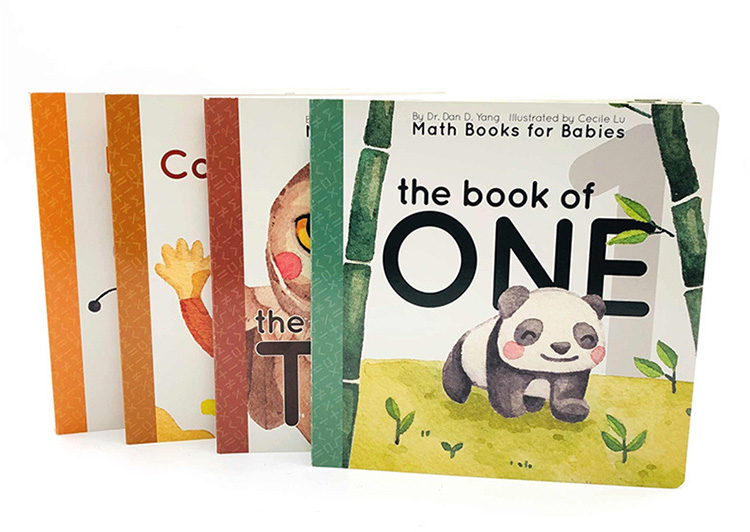
What's the board book printing
Creating a board book requires careful consideration and planning. The printer will need to select the right paper stock for your design needs, as well as the appropriate binding method. They can also assist with designing the layout of each page. Making sure that fonts and images are correctly placed in order to encourage readers to turn each page successfully. After all of these steps have been completed, they'll carry out final proofreading and quality assurance checks before printing your board book. To ensure you get the highest quality product possible, it's important to choose an experienced printer who has experience in this field. You may also want to consider extra features like die cuts or embossing – these special touches can really make your project stand out!
Board books are an ideal way to introduce young children to literature. While providing them with hours of fun through interactive elements such as pop-ups and flaps.
Common board book design print mistakes and how to avoid
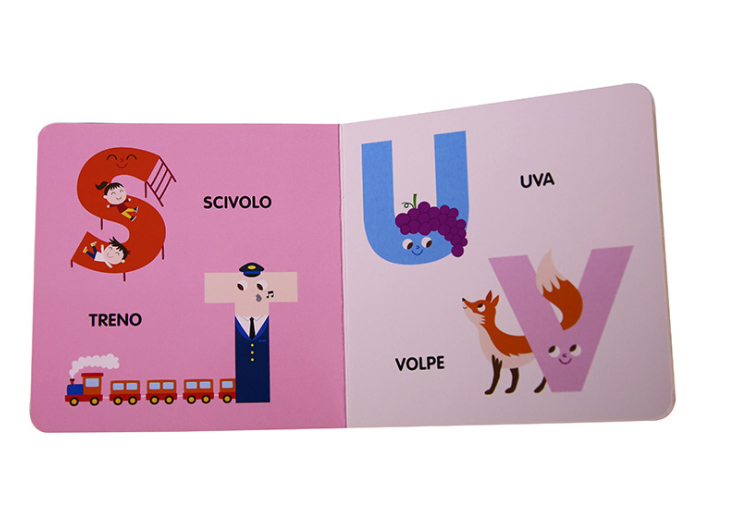
Board book design and printing can be a tricky process, but with careful planning and attention to detail. You can create high-quality books that meet your needs. However, with so many nuances to consider, it's easy to make mistakes that can cost time and money. To help you get the best possible results, here are some of the most common board book design print mistakes and how to avoid them.
Choosing the wrong paper stock
The type of paper stock you use for your board book is critical in ensuring your design looks its best. The wrong paper stock can cause issues like warping or buckling which will ruin the finished product. To ensure this doesn't happen, select a thick paper stock suitable for board books that has been tested for durability, such as 250-350gsm cardboard. Also consider whether you want a glossy or matte finish as this will affect how vibrant colors appear on the page.
Setting up bleed & trim incorrectly
A bleed is an area where text or images extend beyond the edge of your page so they don't look cut off when printed. It's important to set up bleed lines correctly when designing so that nothing gets lost during printing. Additionally, trim lines indicate where you should place elements on your page. So they don't get cut off in printing - these should also be taken into account when designing your board book pages.
Using inappropriate colors & elements
When it comes to selecting colors and elements for your board book design. It's important to choose ones that are appropriate for print media rather than digital media. As colors may appear differently between the two mediums. Due to differences in color management systems used by printers and computer screens respectively. To achieve consistency across all platforms, use CMYK values instead of RGB values when selecting colors and vectorized images whenever possible. So they stay sharp at any size or resolution requirements needed by printers.
Not proofing & testing designs before printing
Proofing designs before sending them off for printing is essential. Otherwise there could be costly mistakes once printed. Such as incorrect color tones or layout problems caused by misaligned objects. Or overlapping elements not visible on screen but which become obvious after being printed out at actual size.
You should also perform tests on materials beforehand if possible. Such as checking how strong a binding material is before committing to it. To prevent extra costs from having to replace materials later down the line if something goes wrong with them once printed out.
Not adhering to printer specifications
When preparing their artwork files for print production. One mistake many people overlook is failing to adhere strictly to printer specifications. Such as not setting up files correctly according Adobe PDF/X standards (which helps streamline production). Or choosing incorrect file formats (such as using JPEG instead of TIFF). This can slow down production times and add additional costs. So always check with printers first before sending artwork files through for printing..
By keeping these common mistakes in mind when designing your board book project. From selecting the right materials through proofing designs before printing. You can create beautiful custom books while avoiding costly errors along the way!
Choosing the right materials for a quality board book
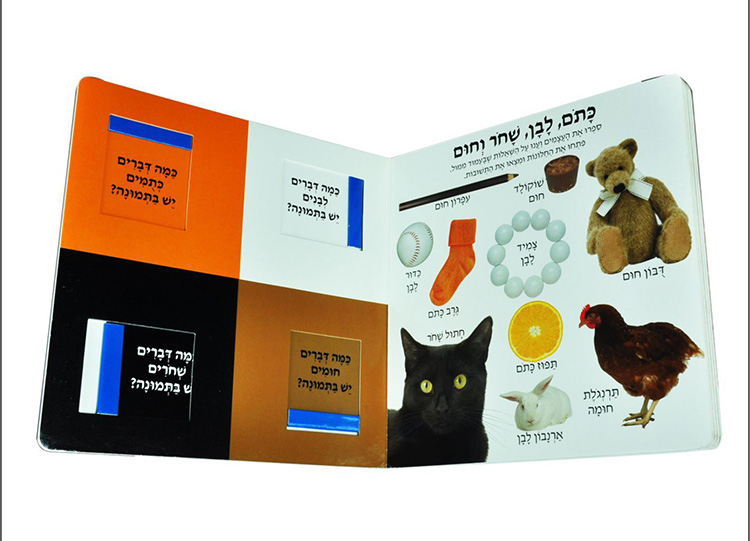
Choosing the right materials for a quality board book is essential. To create a product that meets the needs of customers and stands out from the competition. Selecting the appropriate paper weight, board thickness, coating, and other materials can be challenging. But with some research and careful consideration it is possible to get it right.
When selecting paper stock and board thickness for your project. Consider both the desired look and feel as well as practical considerations such as durability. For example, a thicker board will offer more protection than thinner ones. Which may be ideal if you are creating a book that will be read frequently or handled by small hands. You should also take into account environmental factors when choosing materials. Look for options that have less impact on air quality and water pollution.
The type of coating you choose will largely depend on your budget. Options range from gloss finishes for high-end projects to matte coatings for more everyday use. Coating can also add an extra layer of protection for your book's pages, helping them stand up better against wear and tear. Additionally, consider cost implications when selecting materials. Certain paper stocks or coatings may be more expensive than others but can make all the difference in terms of quality.
Finally, always keep safety standards in mind when selecting materials. Board Books with sharp corners or edges might not meet legal requirements. So ensure that any chosen options are approved before going ahead with production. By researching different material options carefully and making sure they meet all these criteria. You can create a beautiful custom board book without compromising on quality or safety standards.
Working with an experienced board book printer
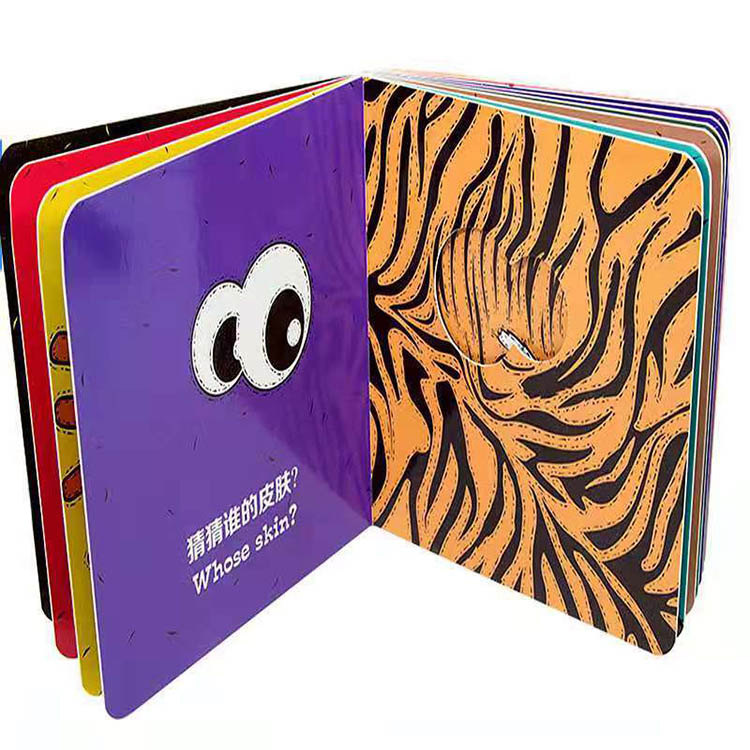
When it comes to creating a high-quality board book, working with an experienced printer is key. Experienced printers specialize in board books and know the printing process inside out. They understand the importance of selecting the right paper stock, binding methods. Even other features that will make your project stand out.
The size, finish, and binding of the board book should all be discussed with your chosen printer before production begins. It's important to choose a printer who is willing to work closely with you and provide advice on how to create a quality product that meets your needs.
Production times can vary depending on the complexity of the project. So it's important to ask your printer about turnaround times before committing to any project. The most experienced printers are usually up-to-date on industry trends. And have access to the most advanced materials and technology available. This means they can help you create a unique board book without cutting corners or compromising on quality.
It's also important that you discuss production processes with your printer in detail. So you both have a clear understanding of what's expected throughout each stage of production. By ensuring that everyone is on the same page from start to finish. You can avoid any potential hiccups along the way which could delay completion of the project.
Finally, it's essential that you explain exactly what you want from your board book prior to beginning production. So there are no misunderstandings once everything is complete. Working together with an experienced board book printer who understands your vision. And knows how best to achieve it will ensure that you get exactly what you want from your board book design print job!
Simplifying the design process with templates
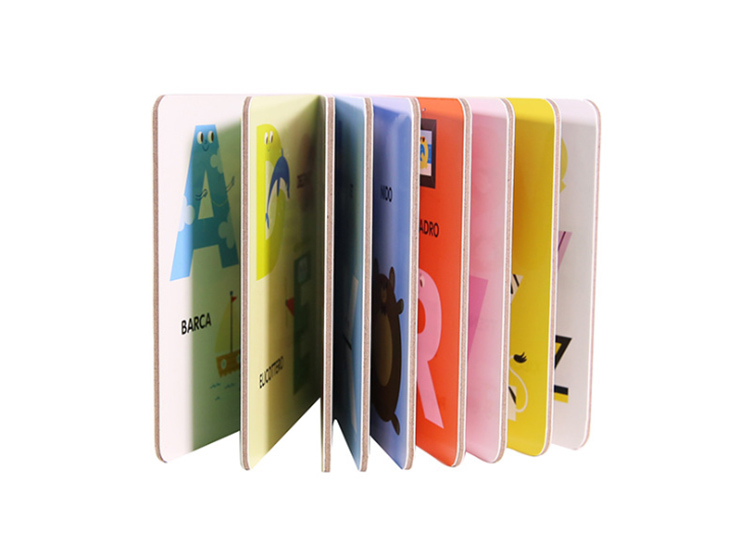
Designing a board book from scratch can be intimidating, but there are ways to make the process easier. Templates provide an array of sizes and shapes that allow for customizing according to the project's requirements. Moreover, they come pre-formatted with all necessary specs. Like trim size and bleed that guarantee everything fits correctly on each page.
Using templates is helpful in more than one way. It simplifies the design process while also ensuring accuracy and consistency throughout the entire project. Furthermore, they offer excellent starting points even for those who lack experience in this area or are new to designing board books. Templates can also be used for stylistic elements such as fonts and images. You can easily create attractive board books that meet their needs without any prior design experience.
Ultimately, there isn't a universal approach when it comes to creating a board book. What works best for one person might not work for another. It's advisable to experiment with different methods until you find the way that works best in terms of your own goals!
评论
发表评论